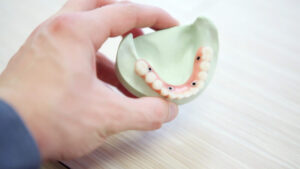
Tartar And Plaque:Remove Methods Without A Dentist
Tartar and plaque, known as dental calculus, form on teeth when plaque accumulates and starts to harden. Not only is tartar visually unappealing, but it

UV toothbrush sanitizers have become increasingly popular in recent years as a way to disinfect toothbrushes. These devices use ultraviolet light to kill up to 99% of bacteria, viruses, and fungi that can build up on toothbrush bristles over time.
In just a few minutes per cycle, UV sanitizers provide a chemical-free way to sanitize your toothbrush between uses. With concerns about germs and proper oral hygiene on the rise, UV toothbrush sanitizers present an easy, effective solution for keeping your toothbrush germ-free.
This article explores how UV sanitizers work, their benefits and limitations, and provides recommendations on how to select the best UV sanitizer for your needs.
UV toothbrush sanitizers use UV-C ultraviolet light to eliminate up to 99% of bacteria and viruses; the typical sanitizing cycle takes 5-10 minutes depending on the model.
UV-C light is an effective disinfectant that destroys the DNA of bacteria, viruses, and fungi. The specific wavelengths of UV-C light damage these microorganisms’ genetic material and prevent them from replicating.
By disrupting their ability to grow and spread, the UV-C light in toothbrush sanitizers can destroy up to 99 percent of pathogens.
The germicidal effects happen quickly, allowing the sanitizers to work their magic in just several minutes.
The sanitizing process starts by placing your toothbrush inside the device and closing the lid. Most UV sanitizers have automatic sensors that detect when the toothbrush is loaded and start the cycle automatically.
The cycle exposes the bristles to powerful UV-C light for roughly 5-10 minutes, depending on the model. This allows enough time for the UV rays to penetrate and eliminate bacteria.
Once finished, the device will indicate the cycle is complete or turn off automatically. The quick process makes it convenient to sanitize your toothbrush regularly.
UV toothbrush sanitizers kill up to 99% of germs without chemicals, are more effective than rinsing, and help extend the life of your toothbrush.
The powerful ultraviolet light used inside UV toothbrush sanitizers is extremely effective at eliminating bacteria, viruses, and fungi.
UV-C light destroys the DNA and genetic material of microorganisms, preventing them from replicating. This disruption to their ability to grow and spread allows the UV sanitizers to destroy up to 99% of the germs and bacteria that have accumulated on your toothbrush bristles between uses.
Thorough disinfecting kills even stubborn bacteria like E. coli and Streptococcus mutans, providing a level of sanitation that simple rinsing cannot achieve.
UV toothbrush sanitizers offer a chemical-free way to thoroughly disinfect your toothbrush. Unlike some other sanitizing methods like chlorine solutions, UV sanitizers use only the natural power of ultraviolet light.
The UV-C rays penetrate bristles and effectively destroy up to 99% of bacteria and viruses without leaving any chemical residue behind. This makes UV toothbrush sanitization safe for the entire family.
And because no liquid solutions are required, the toothbrush can be placed directly back into your bathroom holder or travel case after the UV cycle. The process is quick, effective and chemical-free.
While rinsing your toothbrush with water may wash away some surface-level debris, it does not truly sanitize the bristles or kill all the harmful germs that accumulate.
Bacteria and viruses can stick to the base and sides of bristles even after thorough rinsing. Only the powerful UV-C light used in toothbrush sanitizers can penetrate deeper to destroy up to 99% of microorganisms.
The UV rays damage the germs’ DNA, preventing replication and growth. Simple rinsing just cannot match the disinfecting capabilities of UV light. Using a UV sanitizer provides reliable, effective sanitation that rinsing lacks.
By thoroughly disinfecting your toothbrush after each use, UV toothbrush sanitizers help eliminate bacteria buildup and growth that can degrade the bristles over time.
The UV light penetrates and kills germs lodged deep between the bristles and below the bristle line. This prevents the bacteria from multiplying and spreading into large colonies that can weaken bristles.
Regular use of a UV sanitizer reduces overall bacteria load on the brush, slowing degradation. Keeping your toothbrush germ-free with UV light allows you to safely use the same brush for the full 3-month recommended lifespan, saving you money.
UV toothbrush sanitizers don’t remove debris or whiten bristles, effectiveness depends on UV exposure, and the bulb needs occasional replacing.
While excellent at eliminating germs, UV toothbrush sanitizers do not actually clean the toothbrush bristles themselves. They do not remove plaque residue, food debris, or stains that can build up on the bristles over time.
UV light only destroys bacteria and viruses, not visible buildup or discoloration. So you’ll still need to rinse or wipe your toothbrush first before a sanitizing cycle to remove any stuck-on gunk and refresh the bristles.
The UV sanitizer kills germs but is not a replacement for physically cleaning or whitening the bristles.
The ability of a UV toothbrush sanitizer to eliminate germs relies on the toothbrush bristles receiving adequate exposure to the UV-C light during the sanitizing cycle.
Factors like the placement of the toothbrush inside the unit, overcrowding or poor contact with the bristles, and limitations of the UV bulb can impact exposure.
Sanitizers with motion settings that rotate the brush ensure the UV light fully penetrates from all angles. Units with older or weaker bulbs may also provide less effective disinfection.
Checking for ideal exposure and bulb replacement guarantees optimal UV light coverage.
The powerful ultraviolet light bulbs used in UV toothbrush sanitizers gradually lose effectiveness over months to years of regular use. Most bulbs provide thousands of disinfecting cycles before needing replacement, but the UV rays do slowly degrade.
To maintain maximum germ-killing ability, the UV bulb should be replaced as recommended by the individual manufacturer, generally every 1-2 years.
Checking the sanitizing cycle time can indicate when a fresh bulb is needed. Replacing an aging UV bulb provides optimal sanitizing performance and ensures the device continues disinfecting your toothbrush properly.
When purchasing a UV toothbrush sanitizer, match its size to your brush head, look for a fully enclosed design, consider battery power for travel, and choose countertop or portable models.
To allow for optimal ultraviolet light exposure, the interior cavity of the UV toothbrush sanitizer needs to accommodate the full head of your toothbrush.
If the unit is too small, the bristles may not entirely fit inside or make flush contact with the surfaces. This can create shadows that block UV rays.
Check that the interior dimensions or specified toothbrush sizes of any prospective sanitizer match the head size of the particular toothbrush model you plan to use. Matching the sizes guarantees no issues fitting or exposing your toothbrush.
When selecting a UV toothbrush sanitizer, look for models designed as fully enclosed units with lids that completely seal closed during use. Enclosed designs limit UV light exposure and ensure the maximum intensity is focused on the toothbrush bristles for optimal sanitation.
Open compartments allow the harmful UV rays to escape the chamber, reducing disinfection effectiveness and posing safety hazards.
A fully surrounding and sealing case blocks stray UV light and contain the rays to work most effectively. Fully enclosed sanitizers provide the safest and most powerful germ-killing.
When purchasing a UV toothbrush sanitizer, look for models that offer a battery-powered option if you plan to travel with the device.
Battery-powered units allow the convenience of sanitizing on the go without relying on an electrical outlet. Batteries add portability for use in places like hotels, campsites, or RVs that may lack accessible outlet plugs.
Battery life spans regular cycles for several days or weeks before needing a recharge via USB or AC power. For frequent travelers who value mobile sanitizing, battery-operated UV units provide the best flexibility.
UV toothbrush sanitizers come in two main designs: countertop units that provide a permanent sanitizing station, and smaller portable models. Countertop sanitizers offer multi-brush capacity and often have higher-power UV bulbs, but take up bathroom counter space.
Portable units require less space, often just the toothbrush head, but typically only disinfect a single brush.
Consider your sanitizing needs, space constraints, and budget when deciding between countertop and portable. Either delivers effective UV sanitizing in different packages to suit your preferences.
Use UV toothbrush sanitizers by following instructions, drying bristles completely after cycles, keeping the unit away from sunlight, and replacing the UV bulb when needed.
To properly use your UV toothbrush sanitizer, be sure to fully read the instruction manual and follow the directions for operation, maintenance, and safety precautions.
Instructions may include specifics like ideal cycle times, operation modes, brush head placement, bulb replacement, and warnings.
Following the manufacturer guidelines guarantees you are using the sanitizing device optimally for maximum germ destruction and your own safety.
Don’t rely solely on guesswork when using the UV device. Referring to the provided instructions ensures proper, effective use.
It’s important to let your toothbrush bristles completely air dry before using or storing after a UV sanitization cycle. The moist environment inside the closed sanitizer chamber can cause lingering moisture.
Wet bristles can allow bacteria to reaccumulate more quickly. Leaving the sanitized toothbrush open to air dry or using a drying function if available ensures no moisture remains on the bristles to invite back germs.
Dry bristles stay clean longer. So be sure to build in drying time before using your toothbrush after UV sanitizing.
When choosing where to place your UV toothbrush sanitizer, avoid setting it in direct sunlight. The UV bulb and inner chamber are designed to block external light from entering.
Allowing sunlight to shine directly into the unit during operation can impact the performance of the UV-C germicidal light. Direct sun exposure can also heat the sanitizer, potentially shortening bulb life.
Keep the unit in a shaded bathroom spot and close it fully when running cycles. Following this simple tip optimizes the UV sanitizing effects and longevity of the device.
For ongoing effective performance of your UV toothbrush sanitizer, be sure to periodically replace the UV bulb as specified by the manufacturer, usually every 1-2 years. The bulbs gradually lose germ-killing power over hundreds of cycles.
Replacing an aging bulb according to the instructions will maintain the strongest UV output for disinfection.
Signs like longer cycle times can indicate a fresh bulb is needed. Making this small investment extends the life of your sanitizer and ensures it keeps your toothbrush maximally clean between uses.
As concerns over proper toothbrush hygiene continue to rise, UV sanitizers present an effective solution for keeping your brush germ-free. Utilizing the disinfecting power of UV-C light, these devices can eliminate up to 99% of bacteria between uses.
UV toothbrush sanitization complements diligent brushing habits by tackling buildup in hard-to-reach areas.
With appropriate use and maintenance, a quality UV sanitizer provides peace of mind that your toothbrush stays fresh and clean. Though not a substitute for brushing, UV sanitizers are a smart investment for optimizing your oral health.


Tartar and plaque, known as dental calculus, form on teeth when plaque accumulates and starts to harden. Not only is tartar visually unappealing, but it
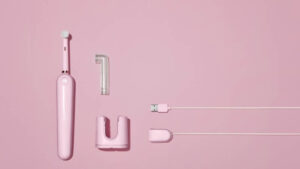
We are often contacted by customers complaining about a Sonicare toothbrush not charging. A charging issue is a common problem and can sometimes be misdiagnosed

Opting for an electric toothbrush for sensitive teeth can help alleviate discomfort and further protect against gum recession. But which model is ideal for those
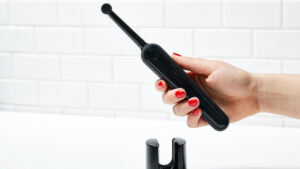
Have you learned how to use an electric toothbrush? It’s crucial to know not just for electricity but for any toothbrush type. Even though electric
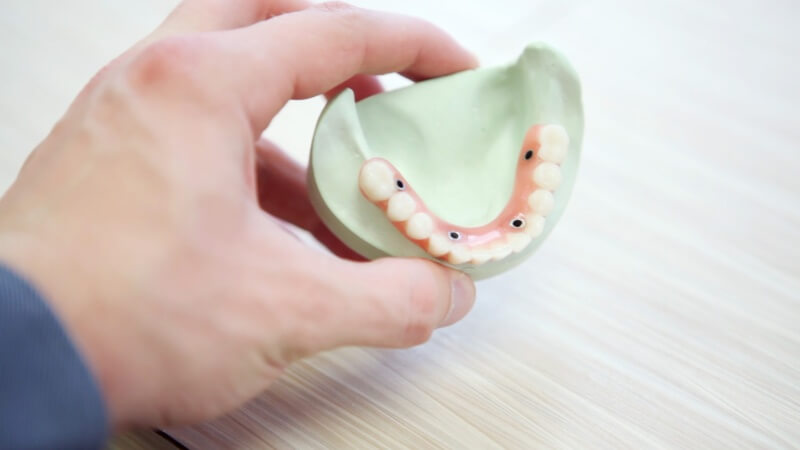
Tartar and plaque, known as dental calculus, form on teeth when plaque accumulates and starts to harden. Not only is tartar visually unappealing, but it
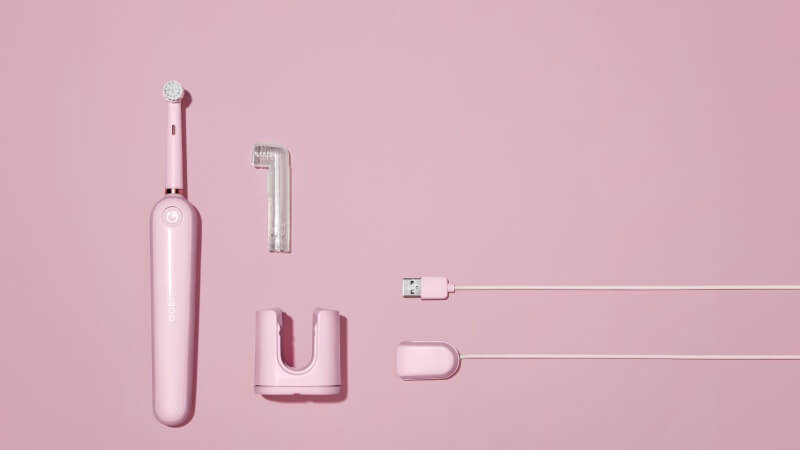
We are often contacted by customers complaining about a Sonicare toothbrush not charging. A charging issue is a common problem and can sometimes be misdiagnosed

Opting for an electric toothbrush for sensitive teeth can help alleviate discomfort and further protect against gum recession. But which model is ideal for those
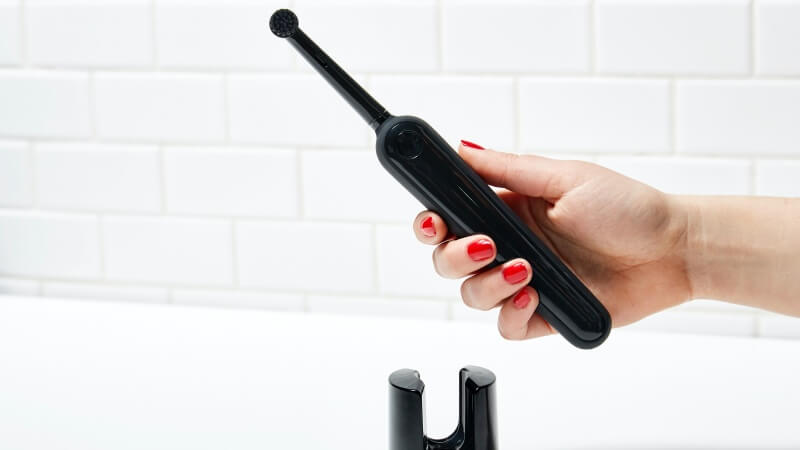
Have you learned how to use an electric toothbrush? It’s crucial to know not just for electricity but for any toothbrush type. Even though electric
Copyright © 2024 toothbrushsanitizerholder. All Rights Reserved.
One Response
Is best to use UV to sterilize your toothbrush. But should you have completely it dry or wet when you put it into the sterilization case.
Plus when you remove it is it good to run it under hot water or does that just add germs to the brush?